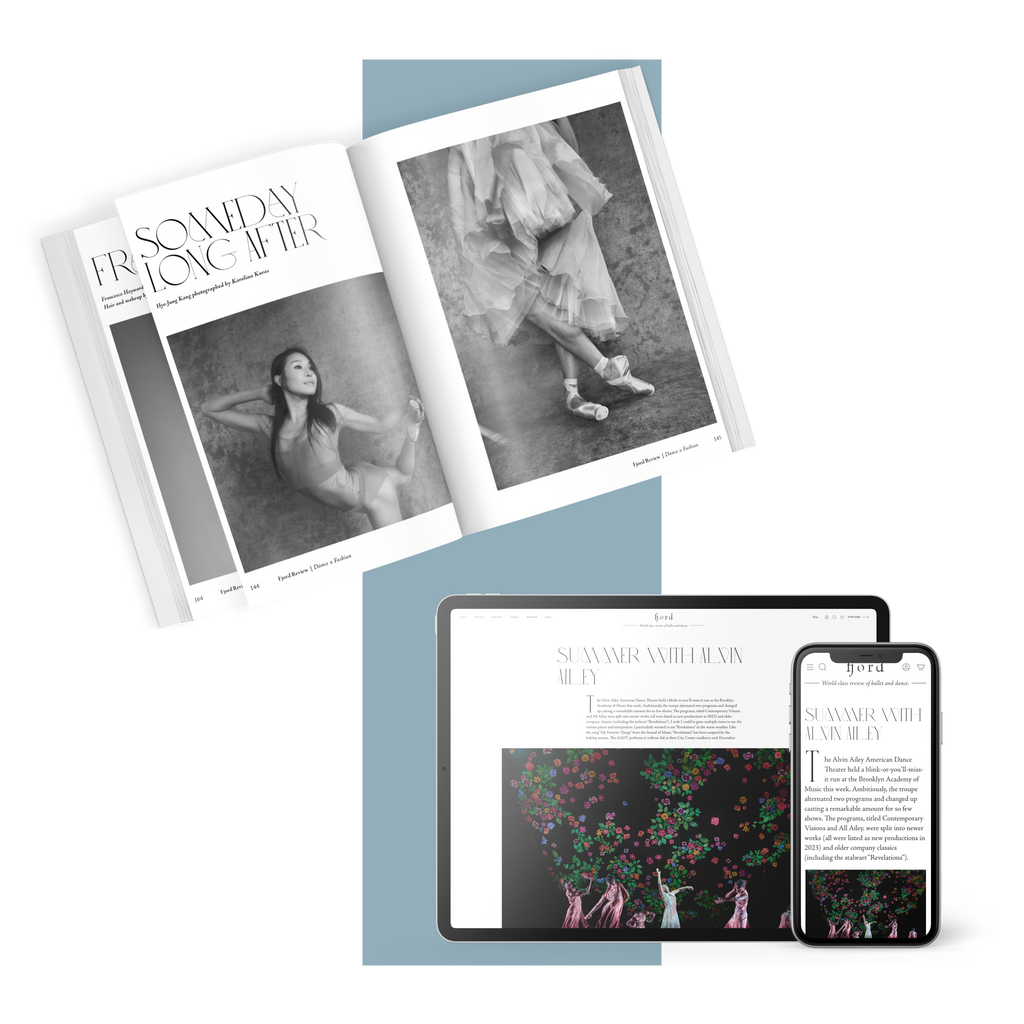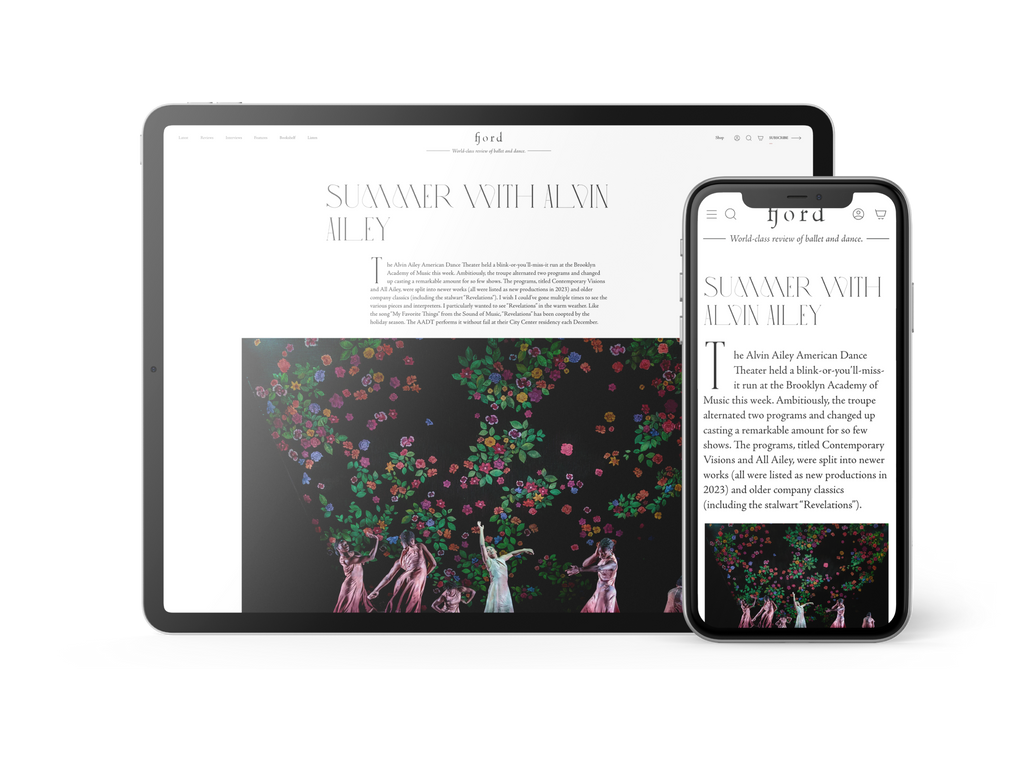Glimpsing Nureyev
Nureyev and Friends, a recent tribute event at the Hong Kong Arts Festival, opened with an introduction from Charles Jude, the longtime protégé of Rudolf Nureyev at the Paris Opera Ballet.
Continue Reading
World-class review of ballet and dance.
There is a photo of me dancing in the lounge room of my family home. My arms are flung wide overhead, making the Y shape to the Village People’s “Y.M.C.A.” My mouth is parted in a smile, mid pronunciation of the letter Y. Caught in a moment of bliss and expression on the imaginary dancefloor before the fireplace. I am dancing with my younger cousin, following the playful choreography. The letter M: let your elbows point like rabbit ears on your head. The letter C: hug a beach ball to the left-hand side. The letter A: arms overhead once more, fingers touching to create a triangle. My favourite record is spinning, and I am happy. In the adjoining room, the grown-ups are presumably talking about grown-up stuff, missing all the fun, until my Dad picked up the camera and recorded this moment for posterity.
Performance
Place
Words



“Uncommonly intelligent, substantial coverage.”
Your weekly source for world-class dance reviews, interviews, articles, and more.
Already a paid subscriber? Login
Nureyev and Friends, a recent tribute event at the Hong Kong Arts Festival, opened with an introduction from Charles Jude, the longtime protégé of Rudolf Nureyev at the Paris Opera Ballet.
Continue ReadingListening to John Cage’s “Three Dances (for prepared piano)” is a wonderfully contradictory experience. The composer disrupts our auditory expectations by placing an assortment of small objects such as erasers, screws, and bolts, among the piano strings. A musician plays the piano in the typical manner, but instead of a harmonic tone, we hear more percussive sounds of kettle drums, timpani, xylophone, tin cans, even bells. One can imagine how an artist like Lucinda Childs, who was part of the Judson Dance Theater radicals in the ‘60s, might be attracted to such a composition. The choreographer is perhaps best known...
Continue ReadingIt is always exciting when the New York City Ballet kicks off a season with an all-Balanchine program. However, the Spring Season’s opening quartet of Balanchine ballets—all strong in their own right—didn’t hang together as well as some other combos.
Continue ReadingMoreso than many Balanchine offshoot companies, the Dance Theater of Harlem—founded by the New York City Ballet principal dancer Arthur Mitchell in 1969—keeps the Balanchine ethos at the forefront of its programming.
Continue Reading
comments